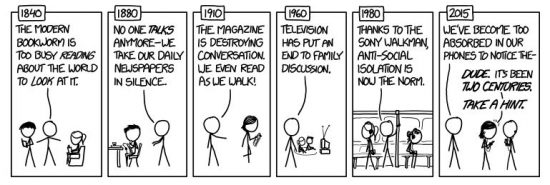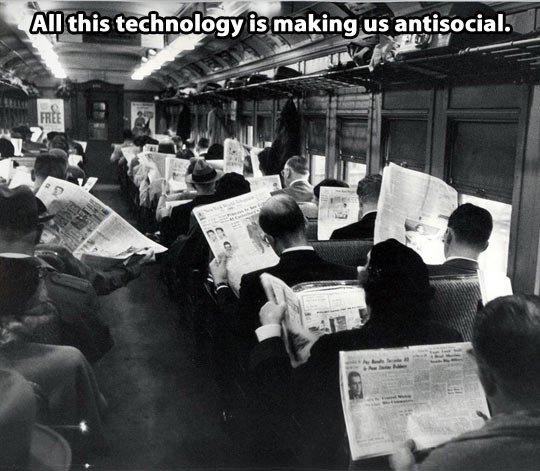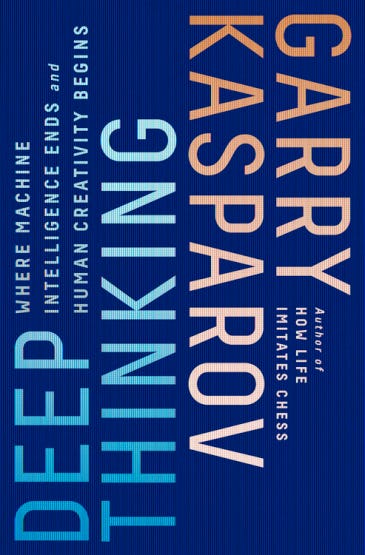Over at the American Institute for Economic Research blog, I recently posted two new essays discussing increasing threats to innovation and discussing how to counter them. The first is on “The Radicalization of Modern Tech Criticism,” and the second discusses, “How To Defend a Culture of Innovation During the Technopanic.”
“Technology critics have always been with us, and they have sometimes helped temper society’s occasional irrational exuberance about certain innovations,” I note in the opening of the first essay. The problem is that the “technology critics sometimes go much too far and overlook the importance of finding new and better ways of satisfying both basic and complex human needs and wants.” I continue on to highlight the growing “technopanic” rhetoric we sometimes hear today, including various claims that “it’s OK to be a Luddite” and push for a “degrowth movement” that would slow the wheels of progress. That would be a disaster for humanity because, as I note in concluding that first essay:
Through ongoing trial-and-error tool building, we discover new and better ways of satisfying human needs and wants to better our lives and the lives of those around us. Human flourishing is dependent upon our collective willingness to embrace and defend the creativity, risk-taking, and experimentation that produces the wisdom and growth that propel us forward. By contrast, today’s neo-Luddite tech critics suggest that we should just be content with the tools of the past and slow down the pace of technological innovation to supposedly save us from any number of dystopian futures they predict. If they succeed, it will leave us in a true dystopia that will foreclose the entrepreneurialism and innovation opportunities that are paramount to raising the standard of living for billions of people across the world.
In the second essay, I make an attempt to sketch out a more robust vision and set of principles to counter the tech critics. Continue reading →





 The Technology Liberation Front is the tech policy blog dedicated to keeping politicians' hands off the 'net and everything else related to technology.
The Technology Liberation Front is the tech policy blog dedicated to keeping politicians' hands off the 'net and everything else related to technology.